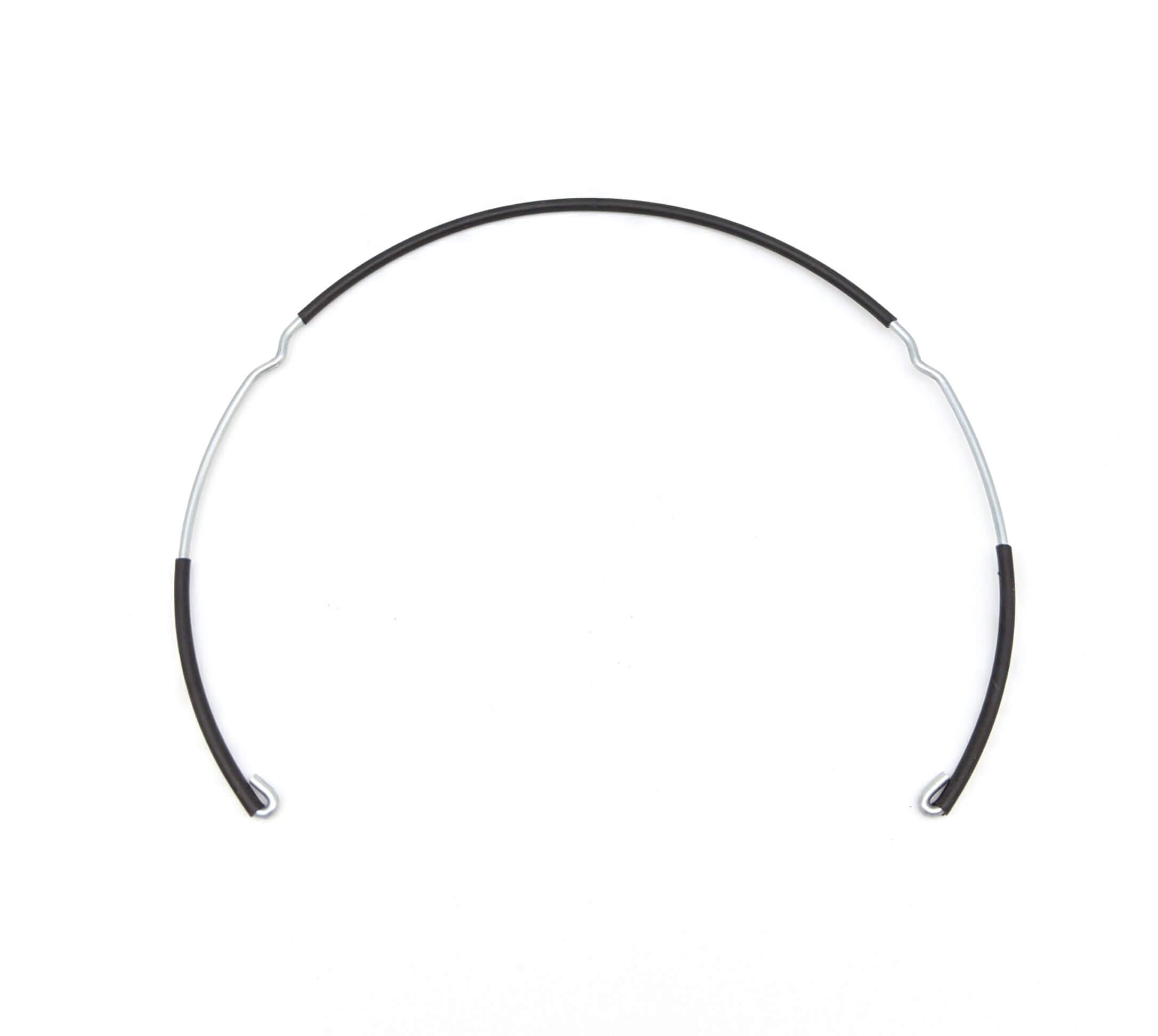Get unique, complex parts easily. No matter your requirements, Chaoyi Spring creates hard-to-produce coil springs and wire forms.
Let us help you create the custom wire form you need, from S-hooks and J-hooks to utility hooks and more.
We work closely with customers across a wide range of industries, helping them design and manufacture made-to-order parts.
Why choose Chaoyi Spring? We prioritize customer-focused collaboration, modern equipment and the latest technology to make your parts per print.
Find the information and guidance you need, from measuring a spring to learning about materials, placing an order and much more.
Springs, those ubiquitous coiled wonders, are more than just bouncy toys. They are fundamental components in a wide array of applications, from delicate watches to robust machinery. Understanding the compression


Springs, those ubiquitous coiled wonders, are more than just bouncy toys. They are fundamental components in a wide array of applications, from delicate watches to robust machinery. Understanding the compression of a spring is crucial for anyone working with these marvels of engineering. It involves a fascinating interplay of forces, energy, and material properties. This article delves into the physics behind spring compression, exploring the essential equations, factors influencing compression, and the implications of this phenomenon in real-world applications.

At the heart of spring compression lies Hooke's Law, a cornerstone of physics. This principle states that the force exerted by a spring is directly proportional to its extension or compression. In simpler terms, the more you compress a spring, the greater the force it exerts back. This relationship is expressed mathematically as:
F = -kx
where:
The negative sign indicates that the force exerted by the spring is always in the opposite direction to the displacement. This means that when you compress a spring, it pushes back with an equal and opposite force.
A spring's compression isn't solely determined by Hooke's Law. Several factors influence how much a spring compresses under a given load:
Spring compression is a fundamental principle that finds applications in numerous fields:
While we've focused on compression, the world of springs encompasses various types, each with unique properties and applications. Extension springs, torsion springs, and variable-rate springs are just a few examples of the diverse array of springs used in various fields.
Understanding the compression of a spring is essential for anyone working with these versatile components. Whether you're designing a complex mechanical system or simply trying to fix a broken spring, a grasp of the underlying physics will prove invaluable.
Spring compression, governed by Hooke's Law, is a fundamental concept in physics and engineering. The relationship between force and displacement, coupled with the influence of material properties and spring geometry, allows for a precise understanding of how springs behave under load. By leveraging this knowledge, we can design and utilize springs effectively in a vast array of applications, from everyday objects to sophisticated machines. The next time you encounter a spring, remember the complex physics at work, shaping its behavior and contributing to the world around us.
Browse some of the custom wire forms and springs that we manufacture. Don’t see what you need? We specialize in made-to-order products that meet your application requirements.
Visit Our GalleryNeed a custom wire form or coil spring? We make it work. Fill out the contact form and a representative will respond within 1 business day. If you have a PDF or CAD file, you can submit to request a quote.